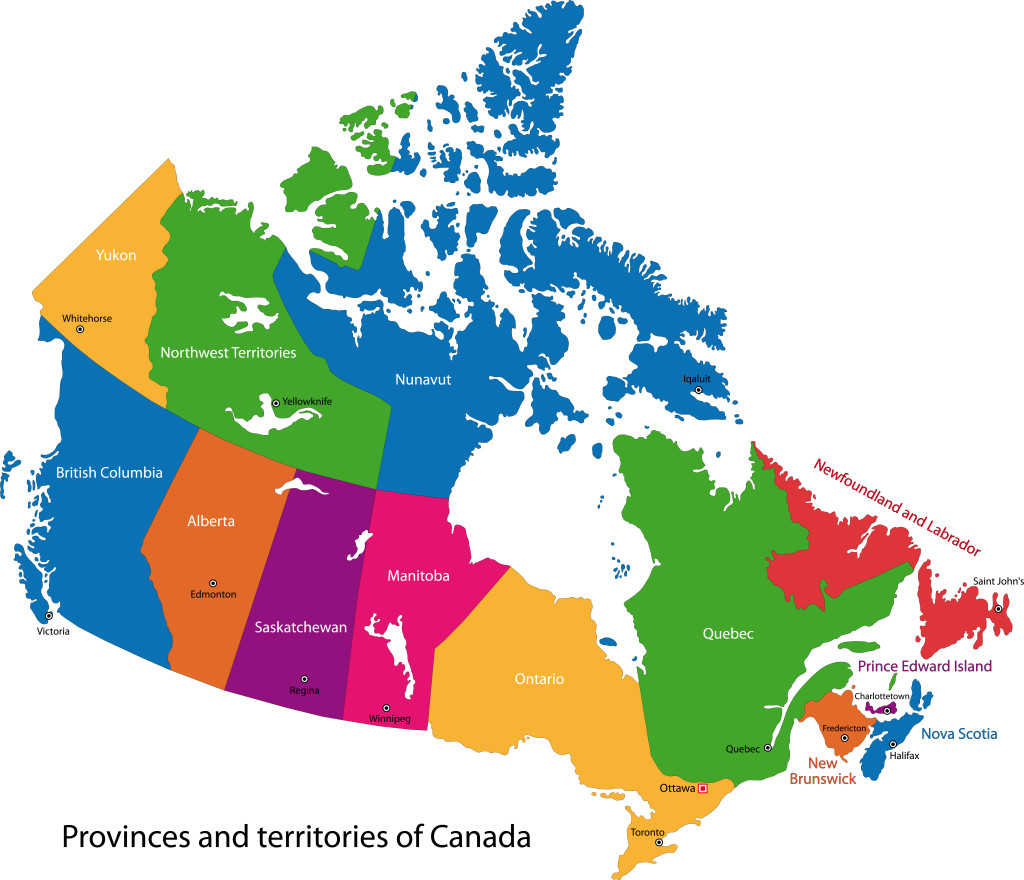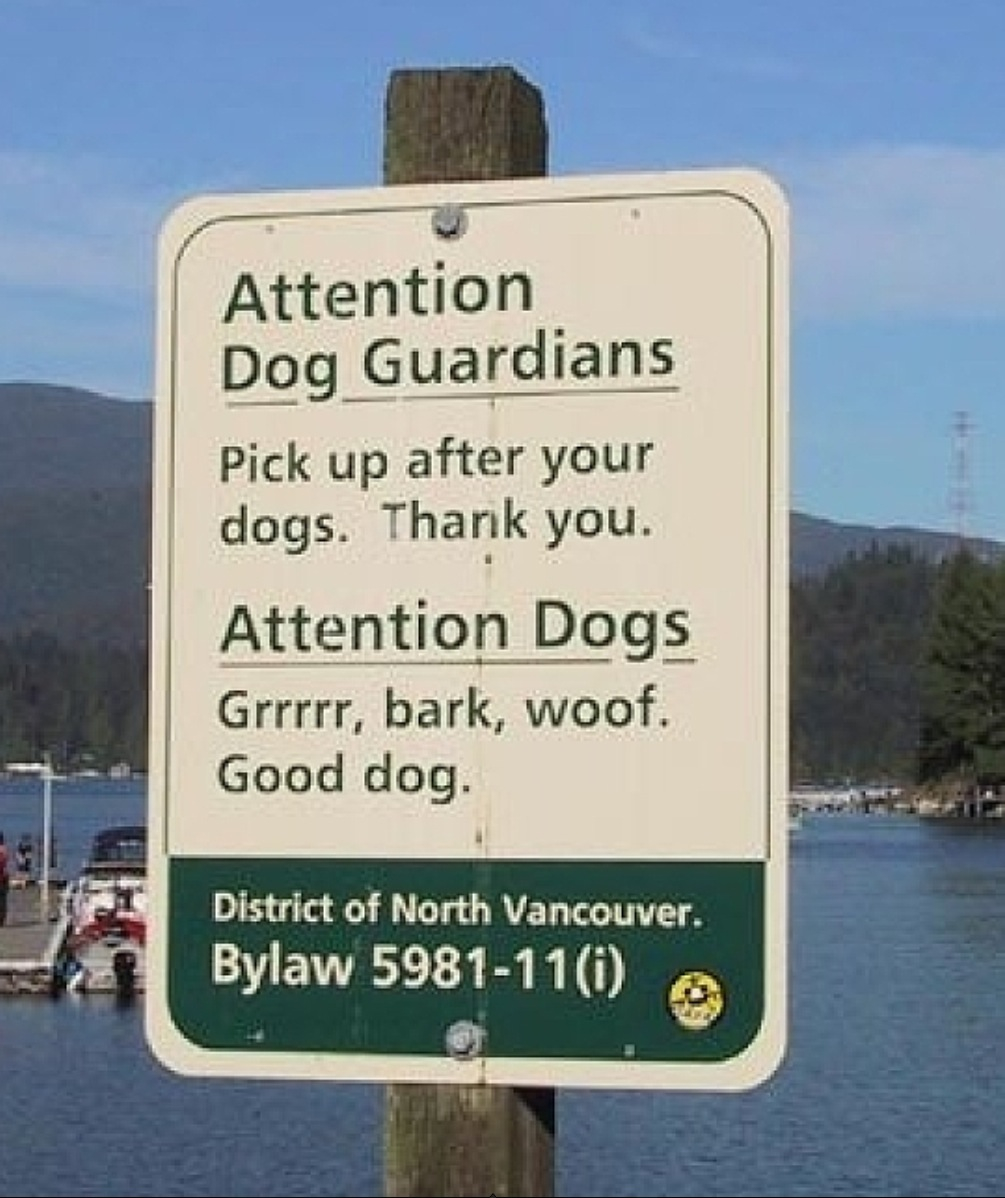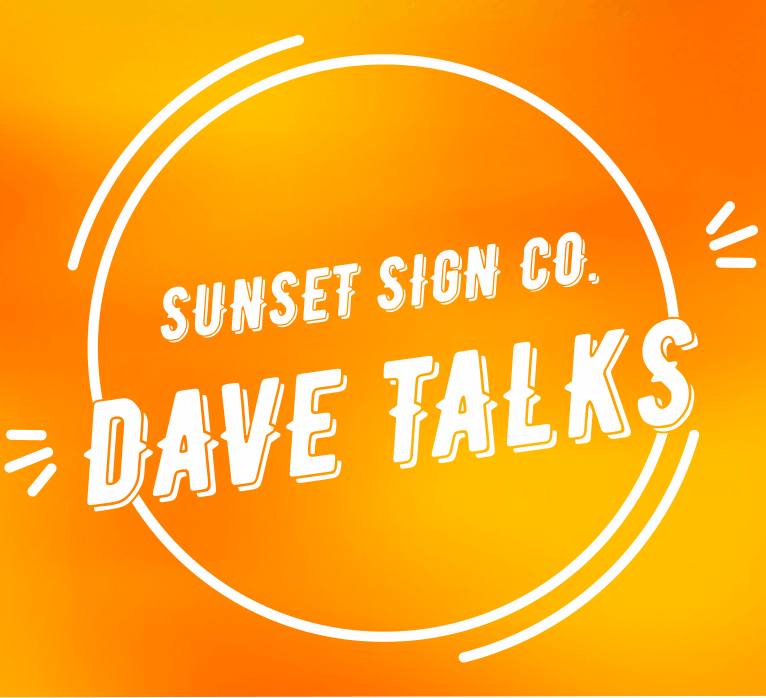
In the Western world, people’s safety always comes first. Canada is one of the leading countries in this field, with over a dozen of laws and regulations. These laws and regulations clearly dictate the terms in which your have to operate.
If you live or just find yourself in Canada one day, you have to respect these laws, otherwise you will be penalized by fines, in some instances even with public service or a prison sentence. This is why we have decided to share with you the legal side of signs and safety, and which legal issues you have to respect in Canada.
Municipality Permits

Municipality permits are regulated by the municipal law. Municipal law relates to municipal corporations. These are towns, cities and any of the other local entities along with their governments. If you want to get into all the details, we suggest that you read the most important statute related to municipal law in Ontario – the Municipal Act SO 2001, c25.
To cut the story short, you will have to abide by the law and apply for municipality permits if you excavate or fill the property, construct a new building, add 100 square feet on the existing building, etc. What interests us are regulations regarding safety and signage. Both in instances when you are required by law to put them on display and when you want to put a sign as a form of advertisement.
If you are an employer, beside the permits that we are going to address in the next section of this article, you are required by law to post signage and documentation to protect the health and safety of your workers. The Canadian Centre of Occupational Health and Safety (OHS) is very rigorous about this.
The signs and documentation that is to inform the employees about health and safety hazards have to be put on display in conspicuous areas. Make sure to put them in the areas where workers have easy access to it. You are required by Canadian law to put it in a place where it’s likely to grab the attention of your employees.
If you want to dive into the specifics, make sure that your legal team goes through the Canada Labor Code, Part II, Section 125, OHS Regulations, Section 7, 9, 16, 17, 20 and Worker’s Compensation Act, Sections 138, 145 and 155. You can check all the OHS Posting requirements here, categorized by each jurisdiction.
List of Municipality Permits
Here is a list of municipality permits. Make sure to apply for these permits before you proceed with your intentions, as you might face serious fines and repercussions otherwise. Who can come to inspect your company and administer or enforce the Sign By-law? The Director of Planning, the City Building Inspector, the Chief Licence Inspector and the City Electrician are the authorized parties.
Electrical Permit
If you are making adjustments to electrical wiring, or installing a new one, you are required to apply for a permit before you can proceed with any further actions. You are required to be very specific in your application. For instance, if you are doing grounding, you will have to specify the type and location of grounding electrodes, along with their size. In addition, you are required to submit the location of neutral termination.
Sign Permit

If you want to put a sign on display, outside the ones that are required by the law, you will also have to apply for a permit. You are required to be very specific in your application. The requirements differ from municipality to municipality, so you will have to check the specific signage regulation in your area. The general requirements are the following:
- The location of your sign structure.
- Contact information of the owner of the property where the sign is going to be put on display.
- Contact information of the company in charge of building and putting up the sign.
- The exact content that’s going to be on the sign. For instance, your company name.
- A drawing of a building with a sign installed on it, along with calculations including depth of embedment, dimensions, sign size, method of attachment, etc.
- If you are intending to build a permanent freestanding sign ,you will have to include a plot plan in your application.
Fence Permit
You won’t have to apply for a fence permit as long as you meet the zoning setback requirements, unless you decide to build an over-eight-feet high fence.
Grading, Excavation and Fill permit
A permit is also required if you have to mechanically manipulate earth material. This applies to land clearing, excavation and fill instances.
Energy Consumption
Canada is a country where a lot has been done in terms of implementing energy efficient solutions and, more importantly, energy efficiency requirements are required by law in many of Canada’s municipalities. Take Toronto Municipal Code for instance.
In the Chapter 694, of the above-mentioned Code, you can see that the electricity required to operate the sign can either come from on-site renewable energy production, or from a distributor recognized and licensed by the Ontario Energy Board. Furthermore, this distributor shall be governed by an agreement to purchase renewable energy.
Fines
You should know that whenever a sign permit is issued, you will be the subject of several inspections. If you take a look at the Sign Permit, you can find out who your Sign By-Law Unit Inspector is and their contact information. These inspectors have to make sure that your sign complies to the Sign By-Law and municipality regulations and that it doesn’t present any safety or health concern for people.
You should also know that fines differ from city to city. In Toronto for instance, if you contravene to Chapter 694 of Toronto Municipal Code, you will be found guilty of an offence and you will face a fine no less than $500 and nore more than $100,000. This includes the instance when a person puts a sign on display without the valid permit.
The laws and regulations regarding signage are very explicit in Canada. As you can see, you are required by law to apply for permits whenever you want to make changes to landscape and objects, even if it is something as benign as putting up a sign.


